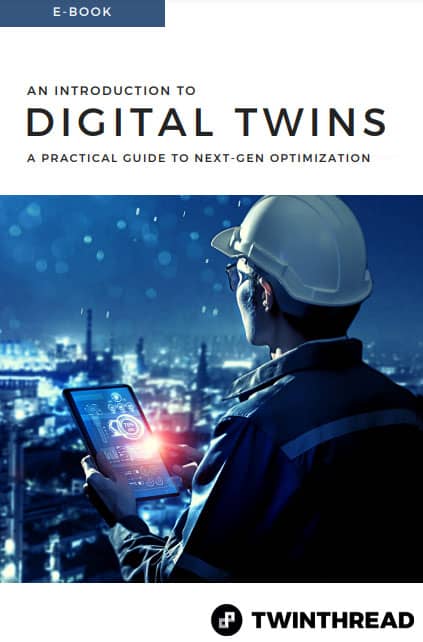In previous posts, we’ve addressed the critical need to collect, aggregate, and access data from multiple sources. In this post, we’ll explore what comes next: how you transform that data into actionable information that will hone your competitive edge and drive your business forward.
It’s one thing to uncover insights quickly. It’s something else entirely to be able to visualize those insights through customized graphical animations. Bringing your data to life by pairing insights with illustrated representations of the assets your experts interact with day in and day out allows for faster and more comprehensive understanding of the opportunity the suggested adaptation presents. By visualizing your information through these “digital twins”, operationalizing insights happens faster and more accurately.
As stated above, a digital twin is a computer-based render or representation of a physical asset. For example, you have a fleet of pumps that you are monitoring. By applying a digital twin, you would be able to stay informed on the technical specifications and performance metrics regarding that pump, no matter where you’re located (anywhere in the world). So, instead of having to be right beside the pump itself to acquaint yourself with the in-line data, you’re never removed from it.
Not only will you see the current information about the pump, but you will also gain the ability to see the history of the pump’s performance. This can support your experts in determining performance trends that will result in the prevention of outside ideal conditions and increase that particular asset’s life (and the life of all similar assets by scaling insights cross-operationally).
When a predictive platform visualizes your data, it’s making information more tangible and providing yet another perspective from which insights can be consumed and acted upon. The more ways your data can be interpreted, the less barriers there will be to understanding it clearly. Value will be experienced faster if understanding your data can be simplified. Visualizing and contextualizing your information is just one way that a predictive operations center accomplishes that.
Looking for more insights into boosting OEE, improving quality, or minimizing scrap? Check out our “Optimization for All” whitepaper.

December 6, 2021
Beyond his professional achievements, Erik has left an indelible mark on academic communities. During his time in Charlottesville, VA, Erik established a mentorship with the University of Virginia Darden School of Business student startup incubator, iLab, and the Virginia Tech Center for Innovation and Entrepreneurship. To this day, he continues his dedication to evolving the next generation of tech trailblazers.
Erik is also a RedHawk, receiving his undergraduate degree from Miami University in Ohio. He and his family currently call Bozeman, MT home.
